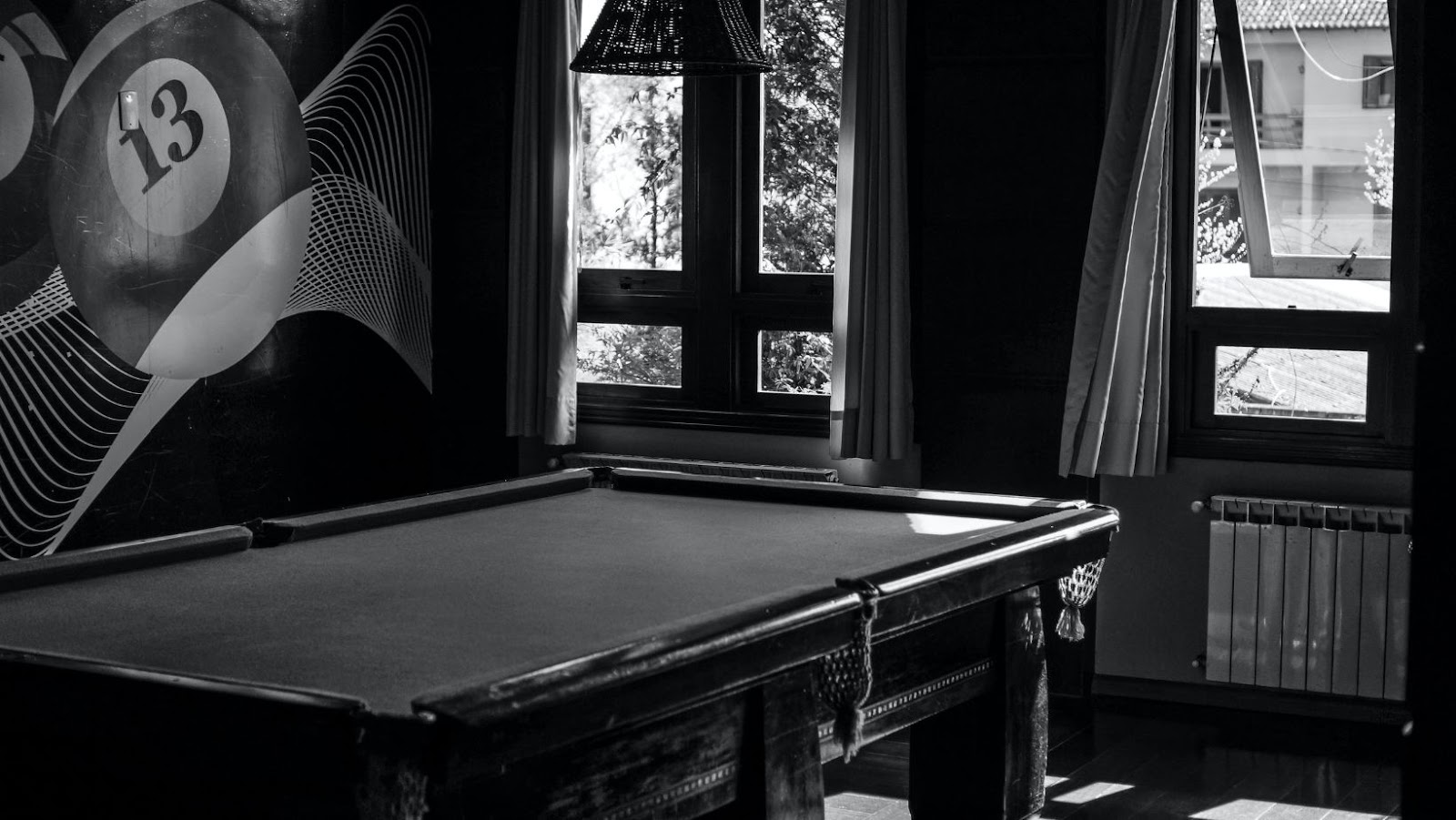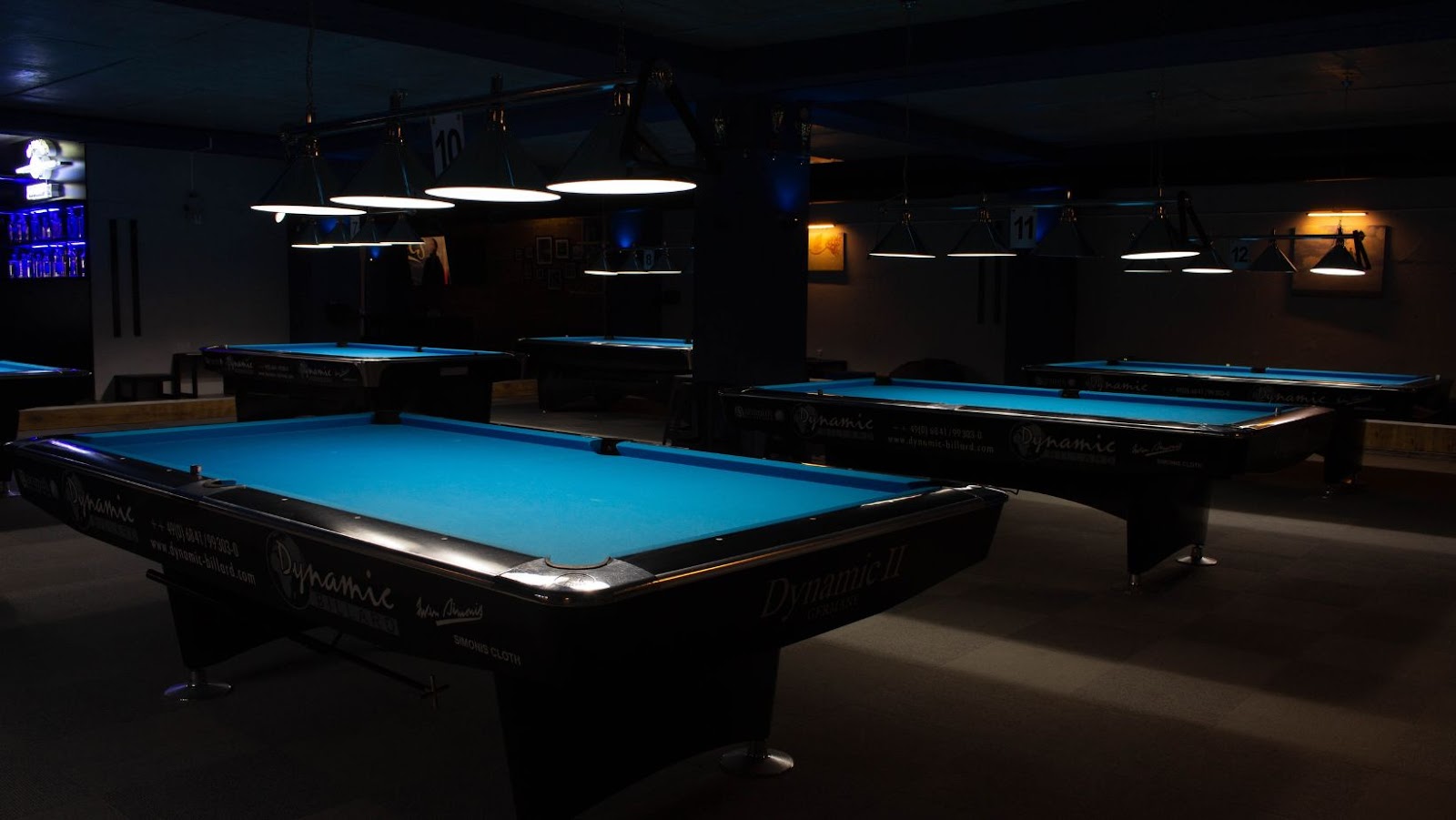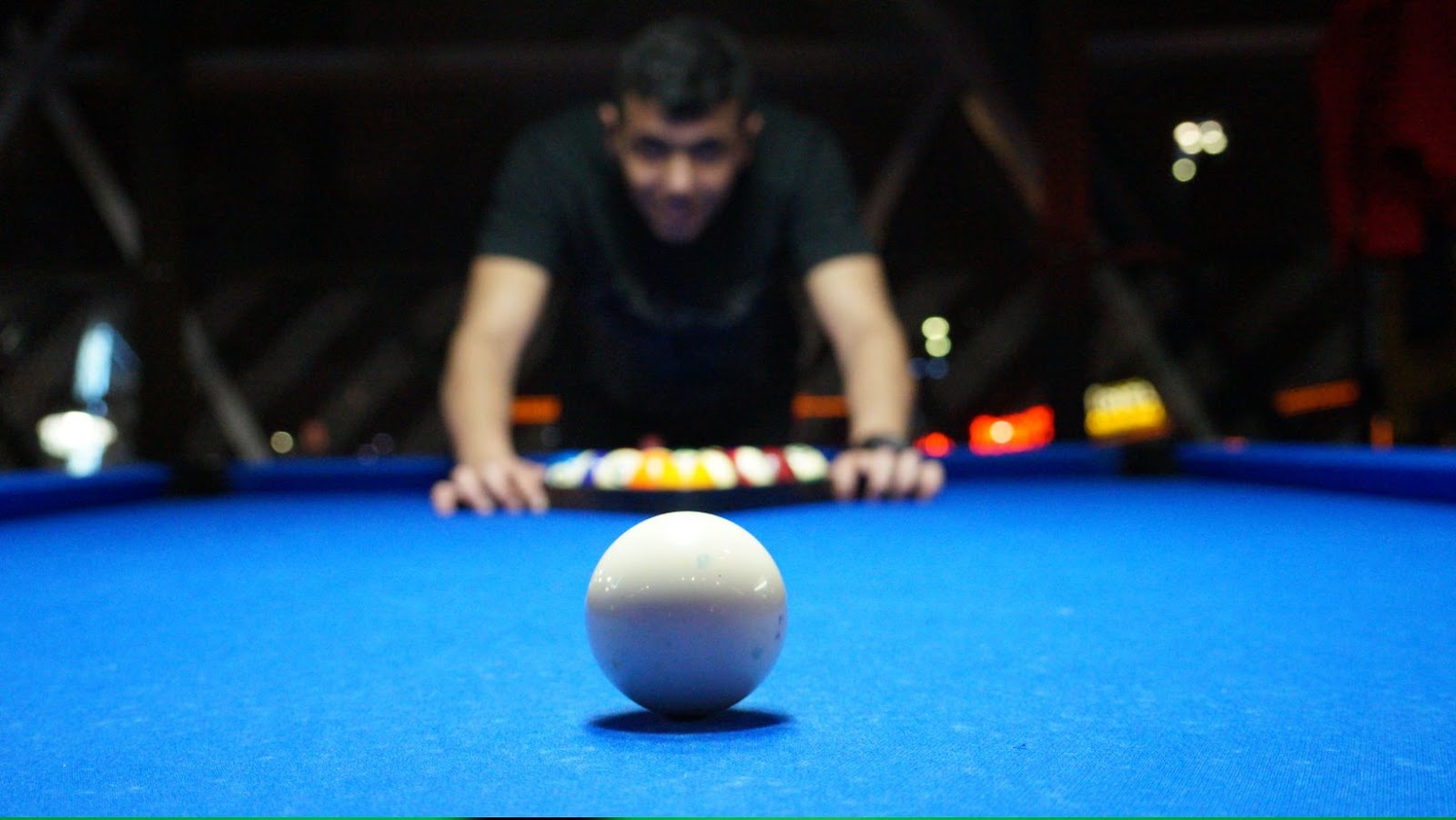Have you ever wondered what the main differences between snooker and pool are? You may have seen them both being played in pubs, but what makes them different? This article will explore the differences between the two games in order to help you differentiate them and make your own decisions on which is best for you. So let’s get started!
Introduction
Snooker and pool are both cue sports, but they are different in terms of game rules, equipment and some strategic considerations. Although the two games utilize a similar table, cue sticks and balls, many nuances separate them; if you’re looking to choose between the two as your go-to leisure activity in a recreational room or at a bar, this guide will help you understand what sets them apart.
Overview of Snooker
Snooker is a cue sport that is played on a raised baize-covered table with pockets in each of the four corners and in the middle of each long side. A traditional full size snooker table measures 12 ft x 6 ft (3.66m x 1.83m) and is twice the size of a standard Pool Table.
Players must use a specialised cue stick to strike a white ball, referred to as the ‘Cue Ball’, so it first hits one of 15 red balls, worth one point each and then pot one of six other coloured balls, which are worth different amounts depending on the colour – yellow (2 pts), green (3), brown (4), blue (5), pink (6) and black as the highest at 7 points.
The game is focused on “safe” play which involves potting one object ball after another while also creating an ever-increasing challenge by introducing more object balls into play as they are potted. The goal of all Snooker players, regardless of their experience level, is to score more points than their opponent during a frame or match by correctly targeting the correct sets of ‘red’ and ‘colour’ balls. Snooker can be played either individually against each other or by two teams consisting of two players or four players who alternately shoot during play. Players usually require several sets of cues and accessories including chalk for the tip, replacement tips, rests, triangles for racking up reds and colours correctly at the start of frames/matches, different types and lengths extension bridges regularly required during breaks/matches above 100 points etc.,
Overview of Pool
Pool is a pocket billiards game played on a table with six pockets and numbered pockets ranging from 1 to 6. The balls are arranged in triangle formation, each pocket has its own color and their hue specifies their point value. Generally, the goal of the game is to shoot all of your assigned balls into the pockets in order to score points and win the game.

The primary difference between pool and snooker is in the number of balls used. Pool is played with a total of sixteen object balls: seven striped, seven solid-colored, one black 8 ball; whereas snooker typically uses twenty-two object balls for each player. The game also differs by table size – Snooker tables tend to be much bigger than Pool tables (around 12ft) – as well as gameplay rules around what types of shots you can perform (“pots”, “cannons”, etc.).
In both games, players must use strategy and skill to carefully aim their cue stick at their desired ball while also taking into consideration factors such as spin or side deflection that might affect accuracy or direction when striking the cue ball (called “English”). Players must make precise shots angle in order to pot any ball or make contact between two different balls depending on what type of shot they’re attempting. In either pool or snooker, being a great shot taker does not necessarily guarantee success – players must calculate angles for every shot in order for them come out victors!
What is The Difference Between Snooker And Pool
Snooker and pool are both popular cue sports played around the world, but they have some major differences in equipment and table sizes. Snooker is typically played on a larger table, measuring 12 x 6 feet, with pockets that are slightly smaller than pool pockets. The snooker balls are larger than the pool balls and each set of balls consists of fifteen colored balls (in contrast to the seven used in a regular game of pool). The white cue ball used in both snooker and pool has dimples, while the other balls in a snooker set do not. This gives the player more chance to control and spin the ball during play. Both games are played using cues but there is one important difference; for snooker, each player must use the same type of cue throughout a match or tournament play. In contrast to this, there is no restriction on the type or length of a cue used to play pool. The objective of both games is to score points by pocketing balls but for snooker this requires a higher level of skill as there are more colors and scoring opportunities available per frame. Furthermore, shots have to be planned well ahead as part of strategic play leading up to every shot; these complexities make snooker attractive as an exciting spectator sport.
Rules Differences
Snooker and Pool are two popular billiards games with a few key rule differences between them. In terms of table size, snooker tables are much larger than the size of pool tables, due to its need for additional pockets and the bigger playing area. Both snooker and pool utilize a cue stick and 16 balls (15 in pool) divided into two groups: stripes or solids in both games, but additional colors also exist on a snooker table.

The main difference between snooker and pool is that with snooker players have to hit one of their own colored balls first before they can start scoring points, while with pool you can directly hit any object ball without having to contact your own. Another main difference between the two is that in snooker there are pot-sized points which give players points for each pocketed ball. In Pool, you get only one point for each pocketed ball after hitting it in an appropriate pocket. The game of Snooker requires more skill as compared to Pool because Potting more difficult shots are more frequently required when playing Snooker.
In terms of ball configurations at the start of the game, both games arrange differently; for example a triangle configuration is used in Pool as opposed to a semi-circle pillar formation used for Snooker balls at start up. Because of these variations SNOKER is generally considered a harder game to play than Pool due its larger table size, increased amount of balls and different set-up rules.
Scoring Differences
The main difference between snooker and pool is the number of balls used, the size of the table, and most importantly, the scoring system. Snooker and pool are two of the most popular cue sports around, offering unique challenges and strategies to master.
In a standard game of snooker, there are 22 balls used in total; 15 red balls worth one point each; six colored balls (yellow: 2 points; green: 3 points; brown: 4 points; blue: 5 points; pink: 6 points; black: 7 points) and one white cue ball. Points can be accumulated by potting any ball or awarding penalty points to an opponent. The player with the higher score at the end of all 15 reds wins.
In comparison, a typical game of 8-ball pool utilizes sixteen object balls—7 striped and 7 solid in alternating color—plus an 8-ball in a corner pocket plus one cue-ball. Aiming for stripes or solids (cue ball must first make contact with lowest numbered object ball on table) when shooting for pockets wins 1 point per ball potted. Potting the 8-ball into any pocket wins that player’s group for two additional bonus points. If a player pots the 8-ball into a pocket before all other group’s objects have been potted they automatically lose that frame (game). The player or team that reaches or exceeds eight points first through both legal shot plays and by winning frames will win overall game play.
Strategy Differences
When comparing snooker to pool, the biggest difference is strategy. Snooker is considered a more strategic game and requires players to plan out their moves in order to win.
In pool, shooting the ball into a pocket is the only goal and, technically speaking, any shot can accomplish that. Playing for position is still done at times but not always necessary in order for the shooter to make each shot. This makes pool less of a strategic game than snooker because there is usually multiple shots a player can take on any given turn.
Snooker requires players to think further than one or two shots ahead in order to create opportunities to pocket balls, because all of the balls are spread out and bunched together leading up to a difficult-to-make shot and/or potting several balls in one turn where possible. In addition some snooker shots can require extreme accuracy which isn’t needed as much when playing pool. Strategy plays an even bigger role when playing matches with alternating turns between players whereas strategy takes no part during pub or bar-style pool games like 8 or 9 ball where only one player shoots each rack until it’s won by sinking the 8th or 9th ball respectively.Snooker and Pool are two popular forms of pocket billiards, both of which can be enjoyed in various venues worldwide. While the two variants have a number of similarities, there are also key differences between them. The main difference between snooker and pool is the size and number of balls used, with snooker having 22 balls that require greater precision, as well as longer shots. Additionally, the table sizes for these variants differ—snooker is usually played on a larger table surface whereas pool is played on a smaller table surface. Other key differences between snooker and pool include the point-scoring system—Snooker has more complicated rules than pool—and the type of cue sticks used for each variant.
Therefore, while Snooker and Pool share certain common elements, they do feature considerable differences. Depending on your preferences, either game can be an enjoyable pastime experience or even provide hours or entertainment when playing competitively with others.
